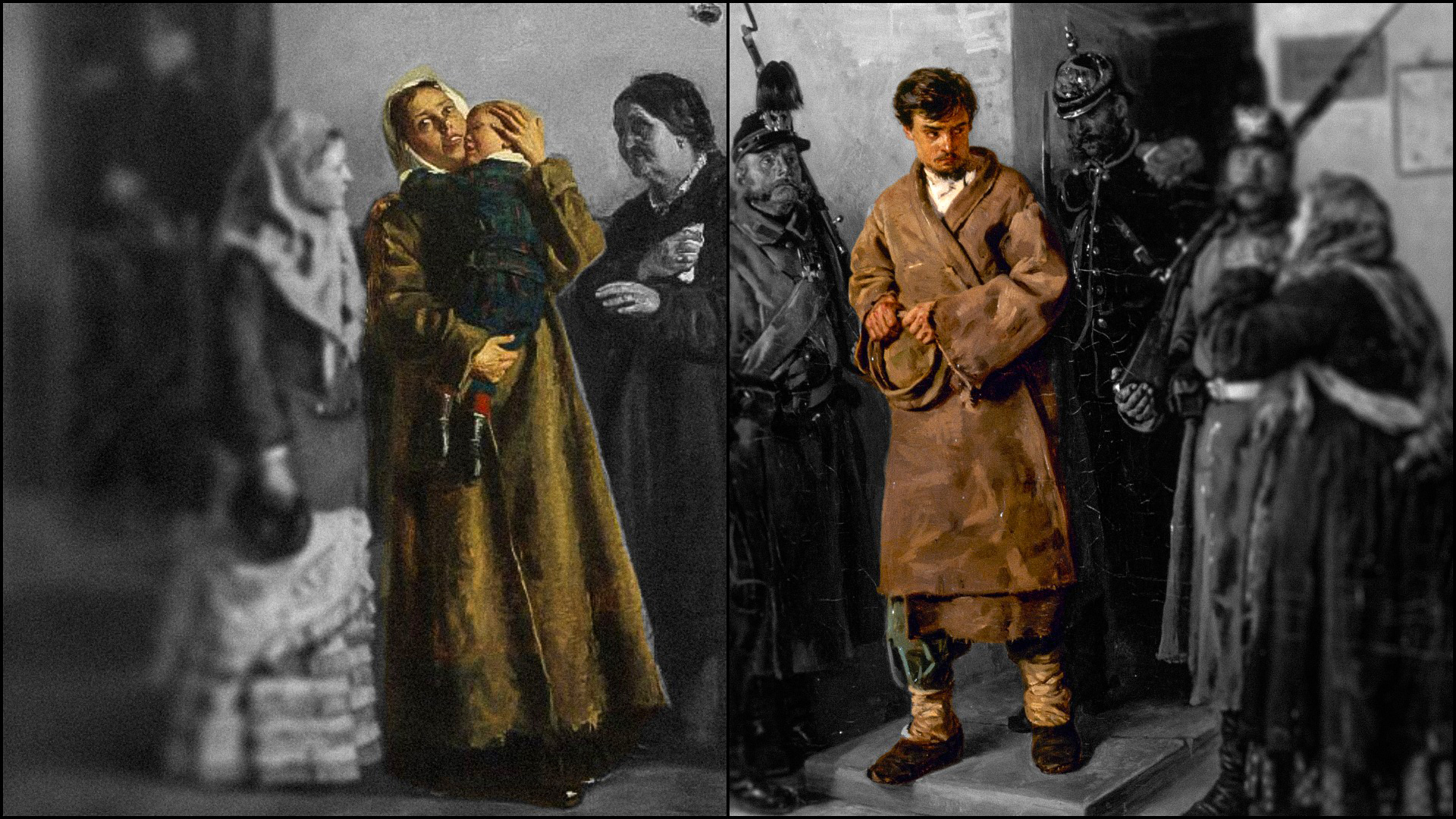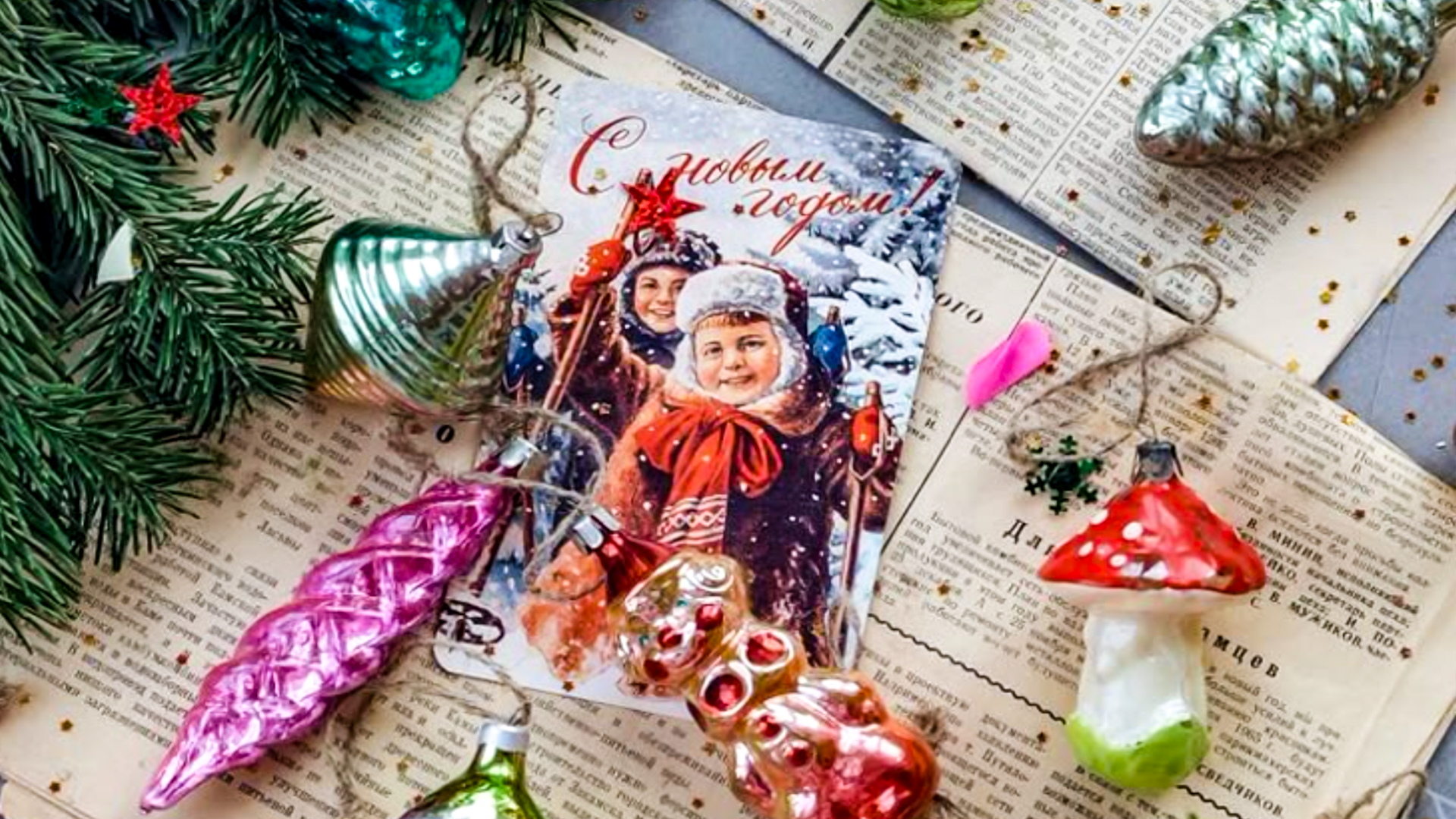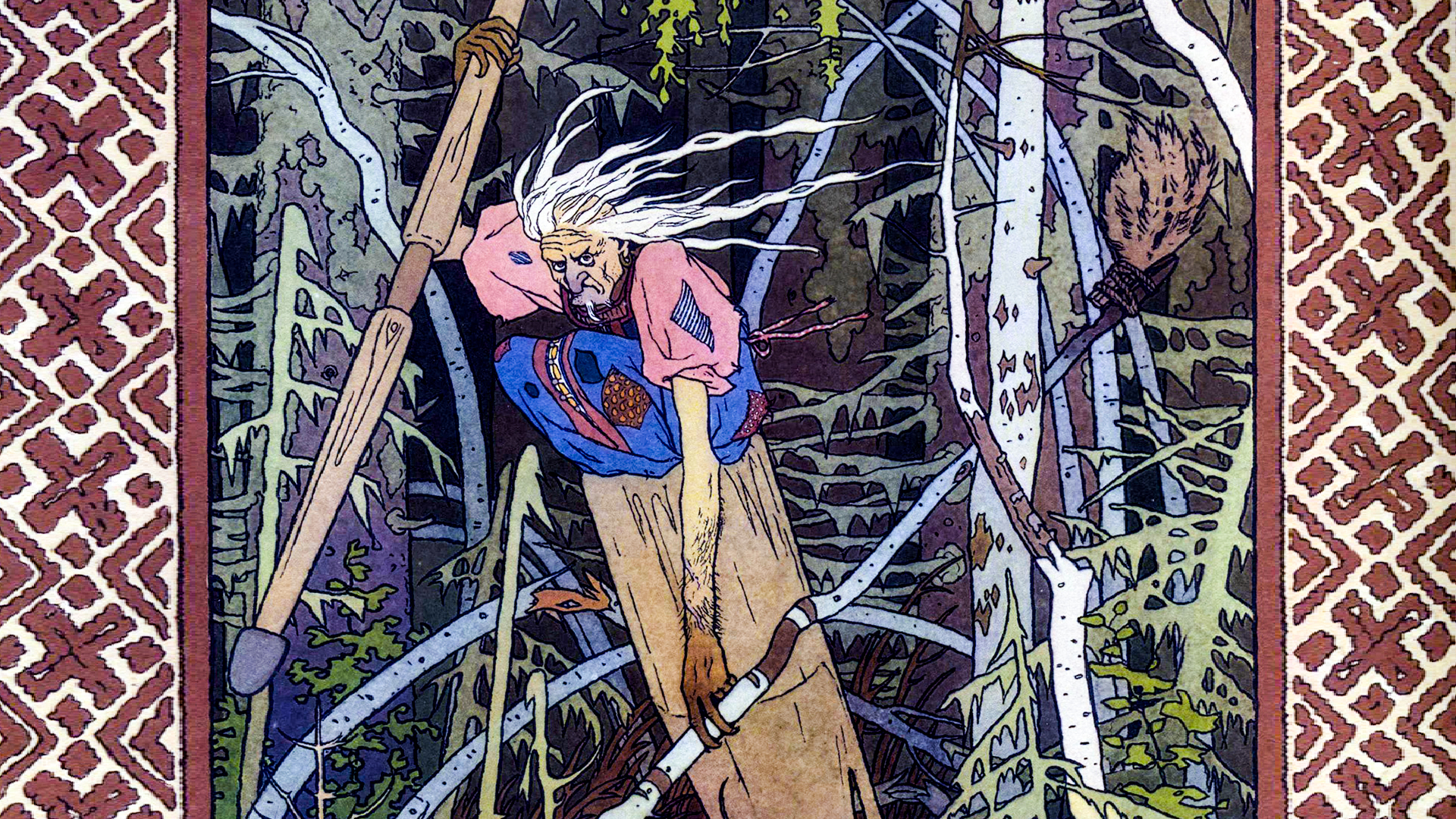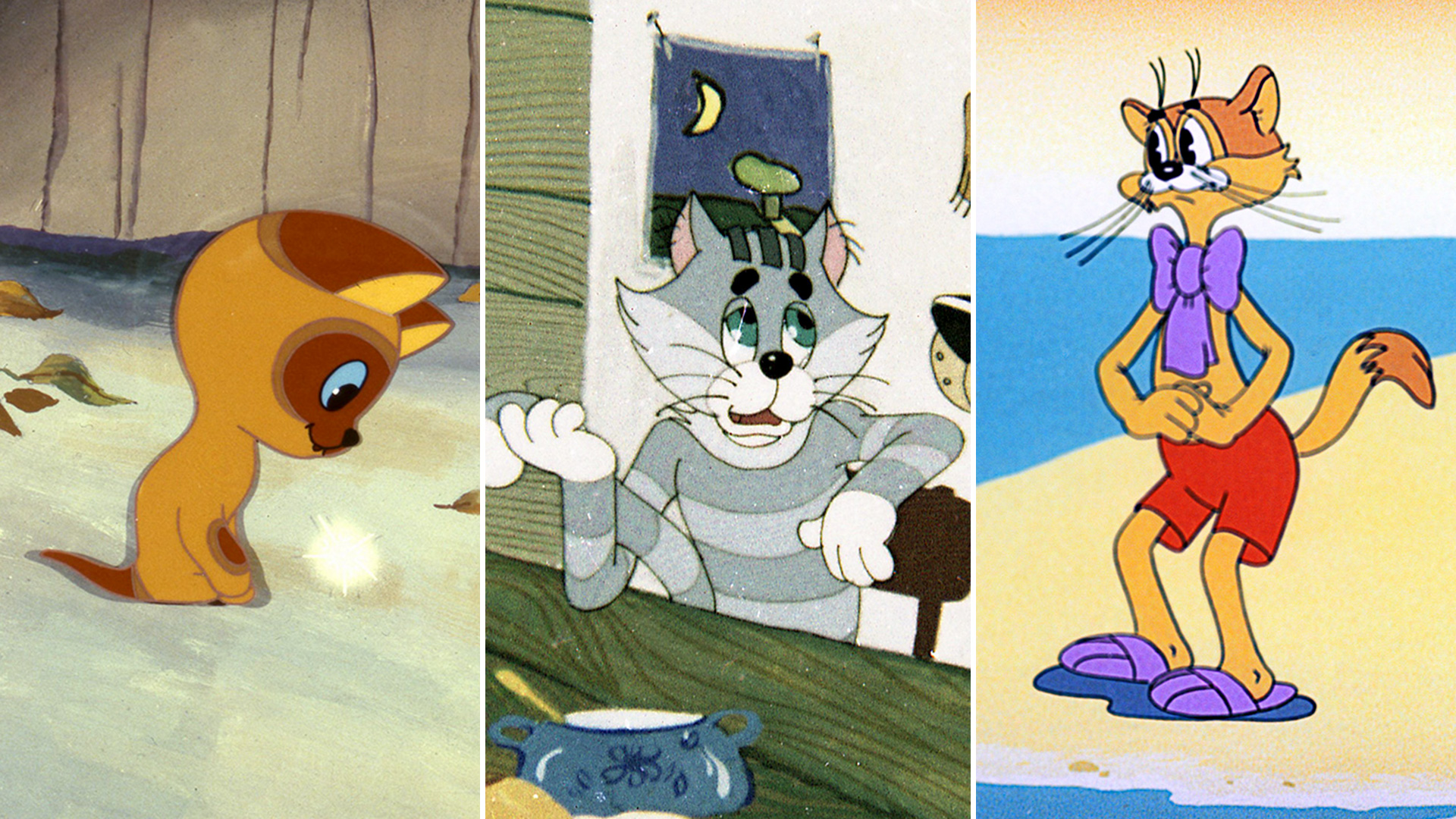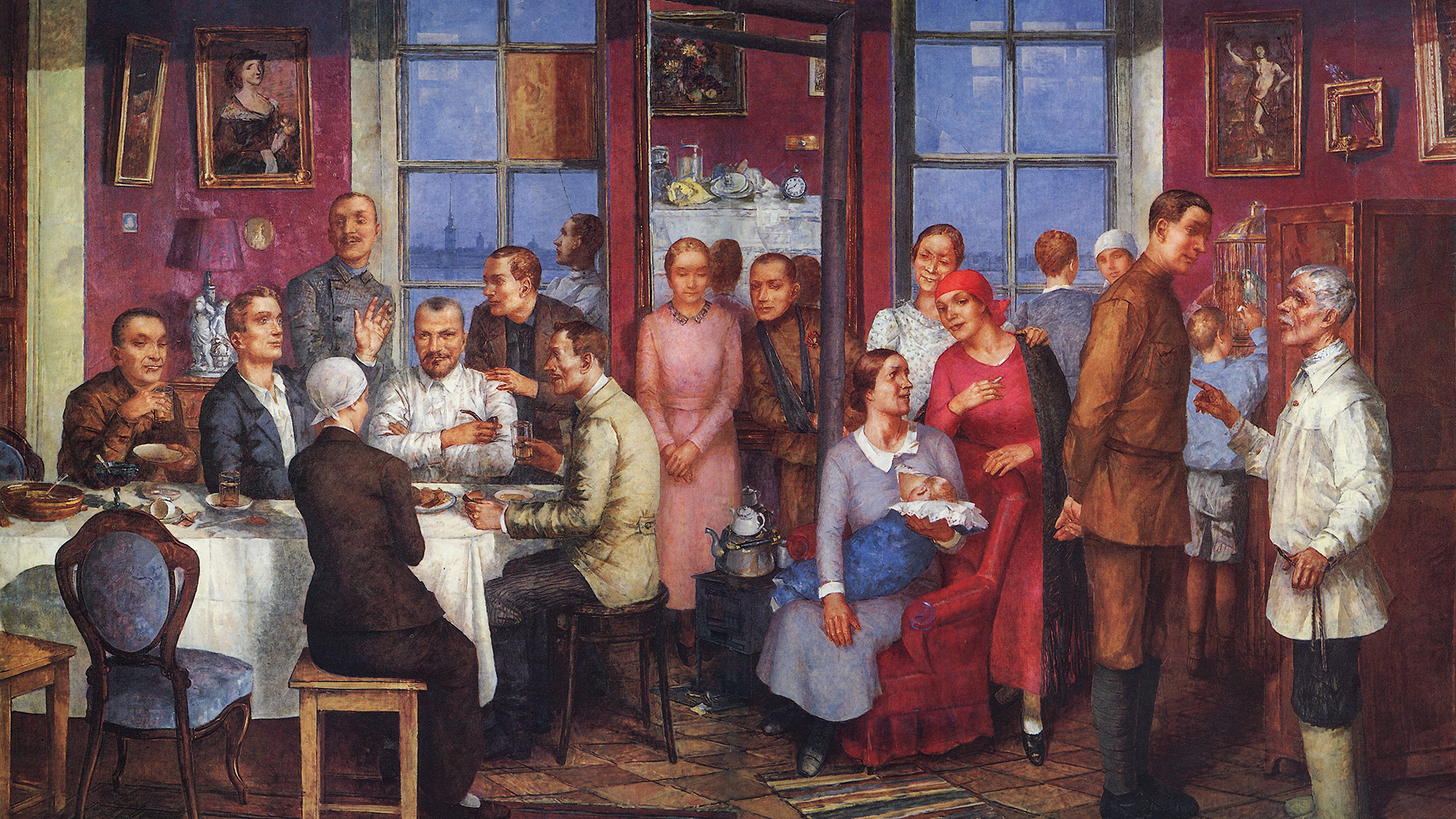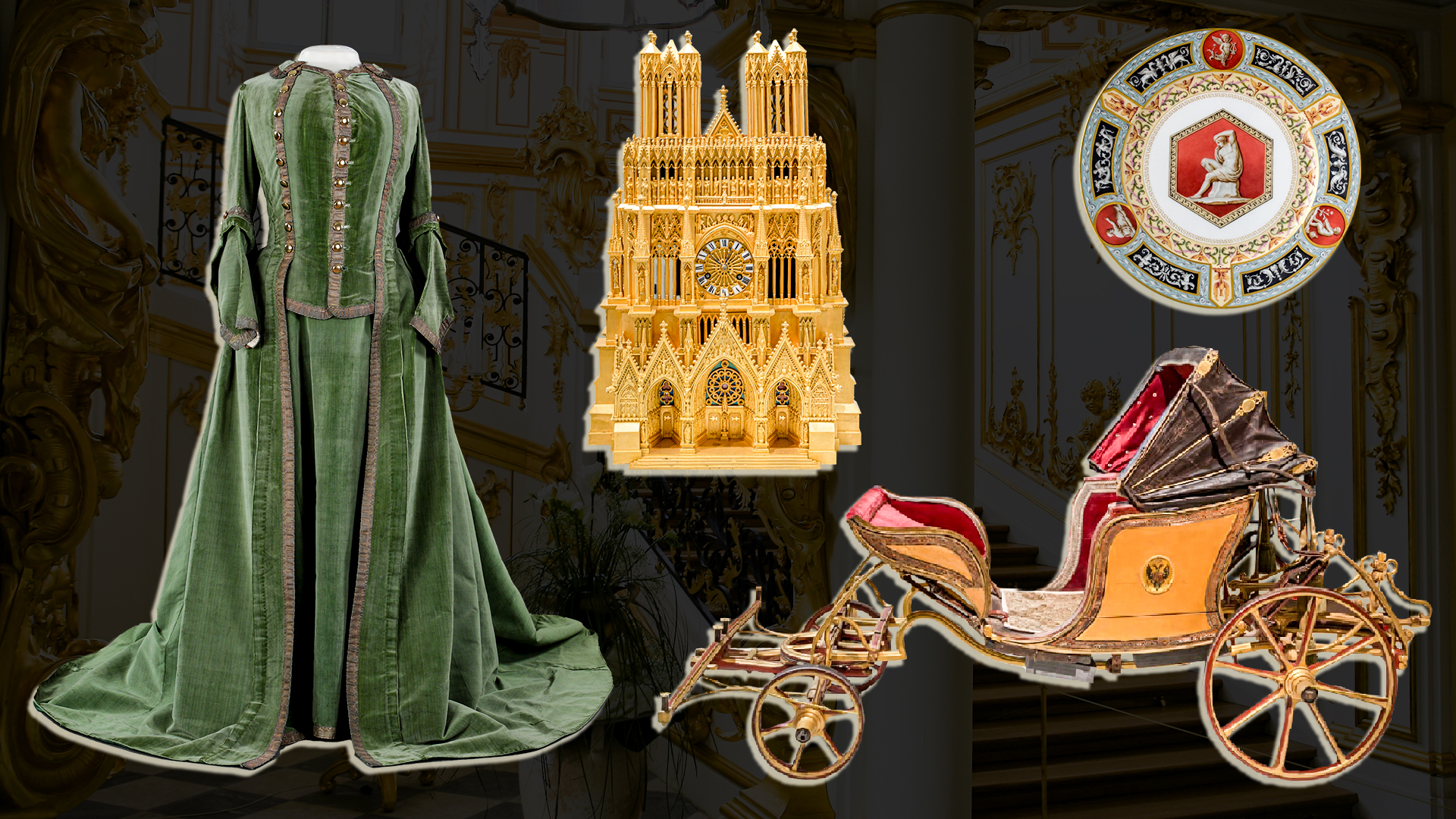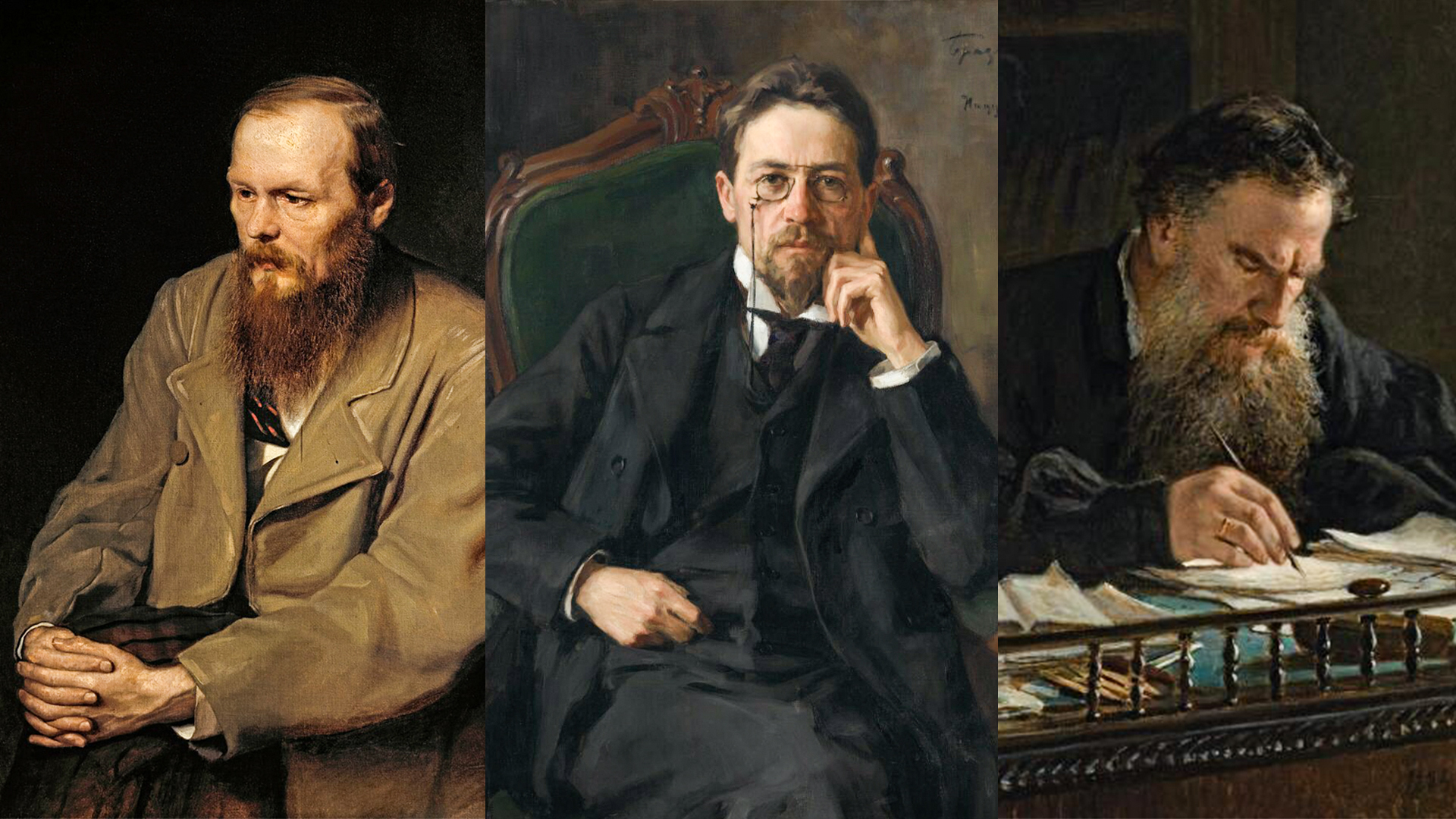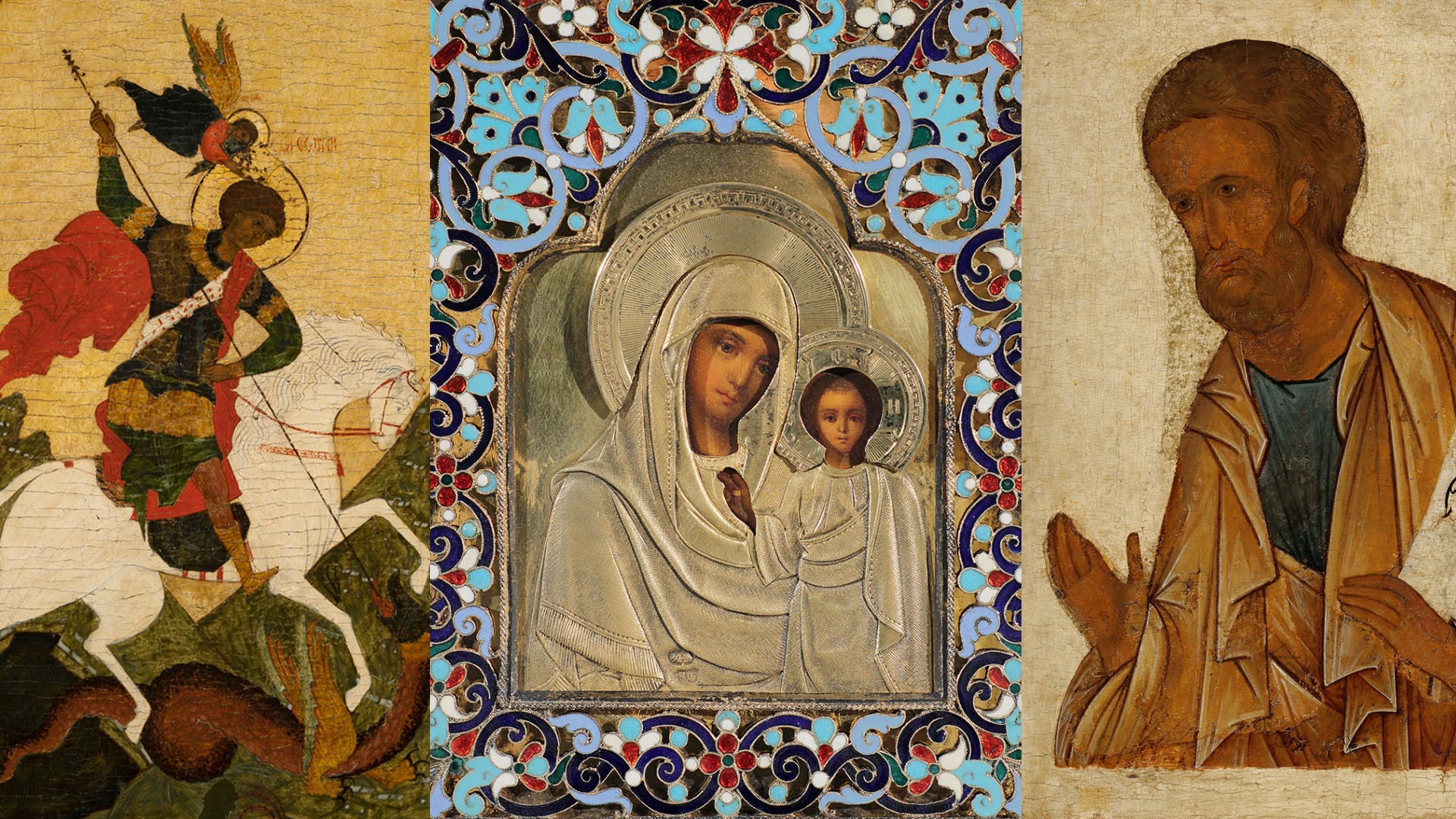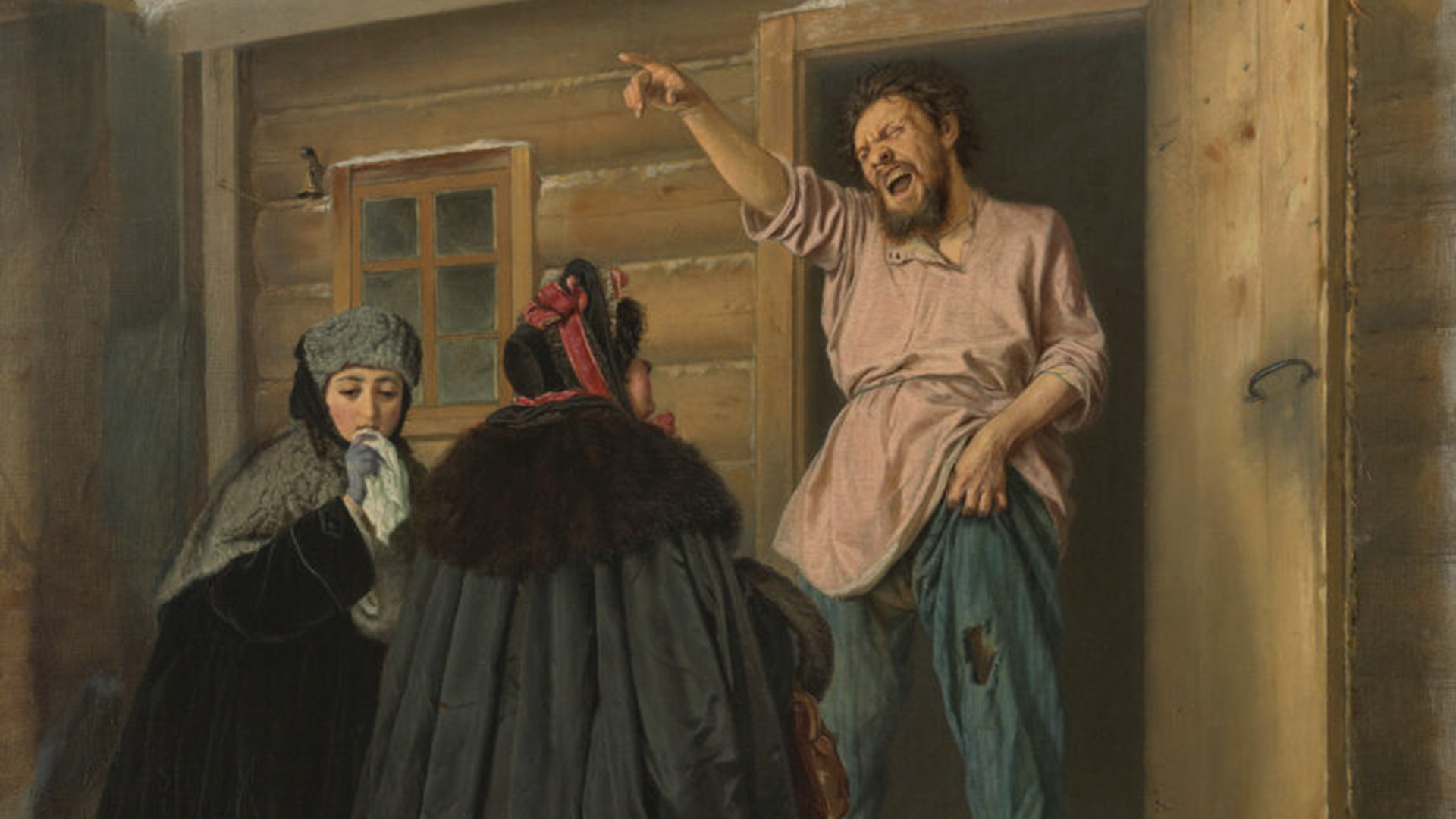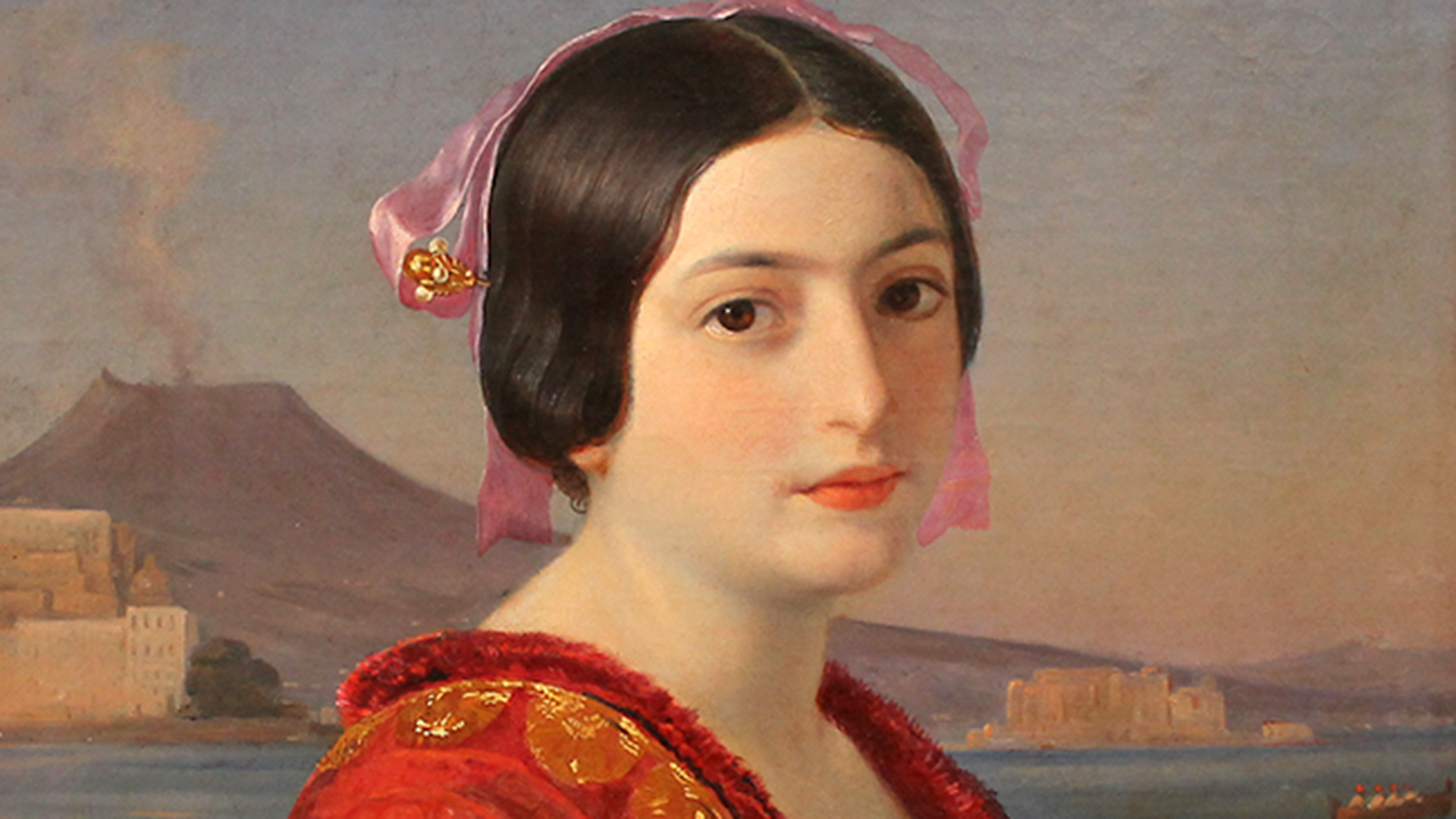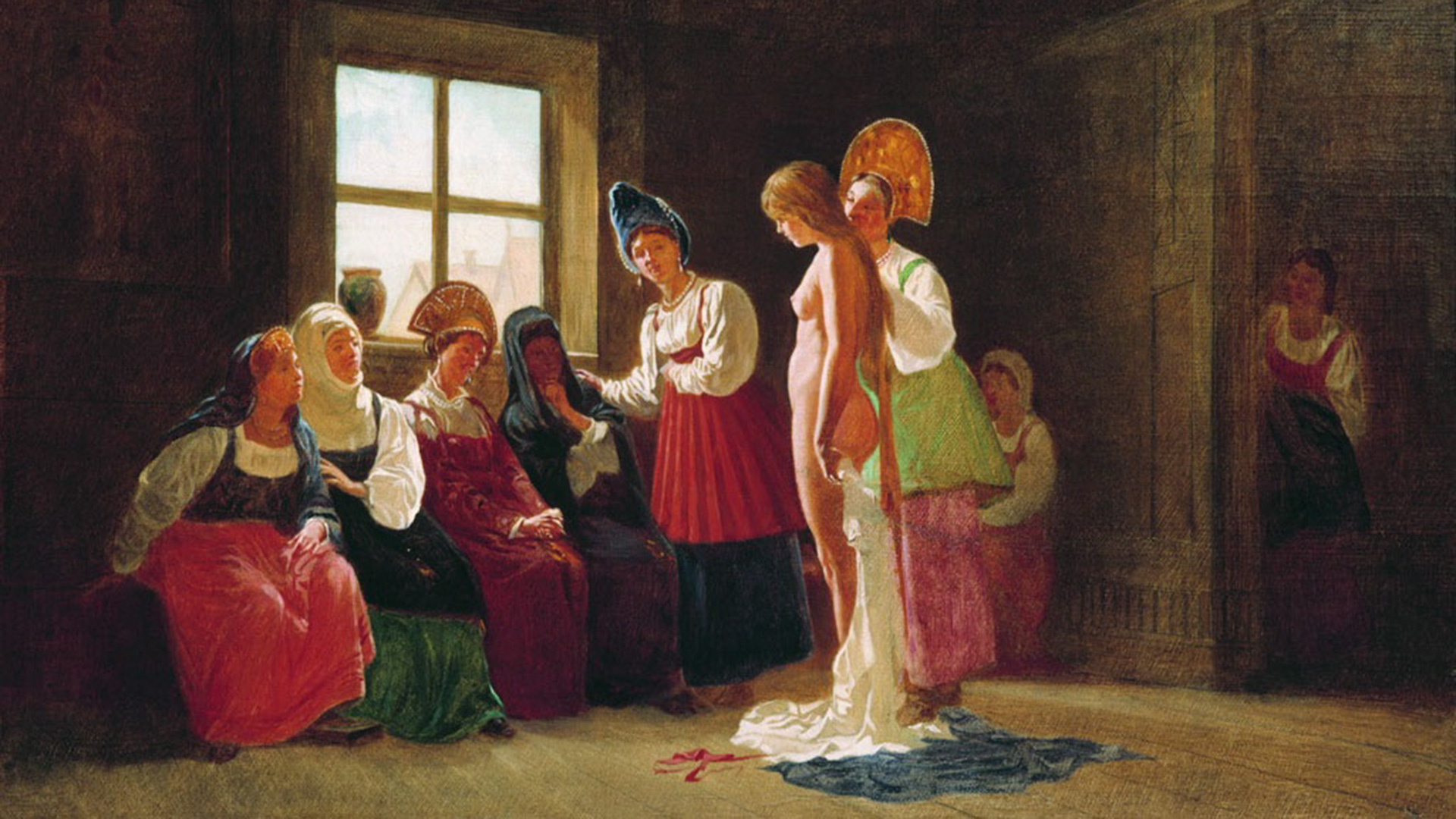
What's going on in this painting by artist Vasily Perov? (PICS)
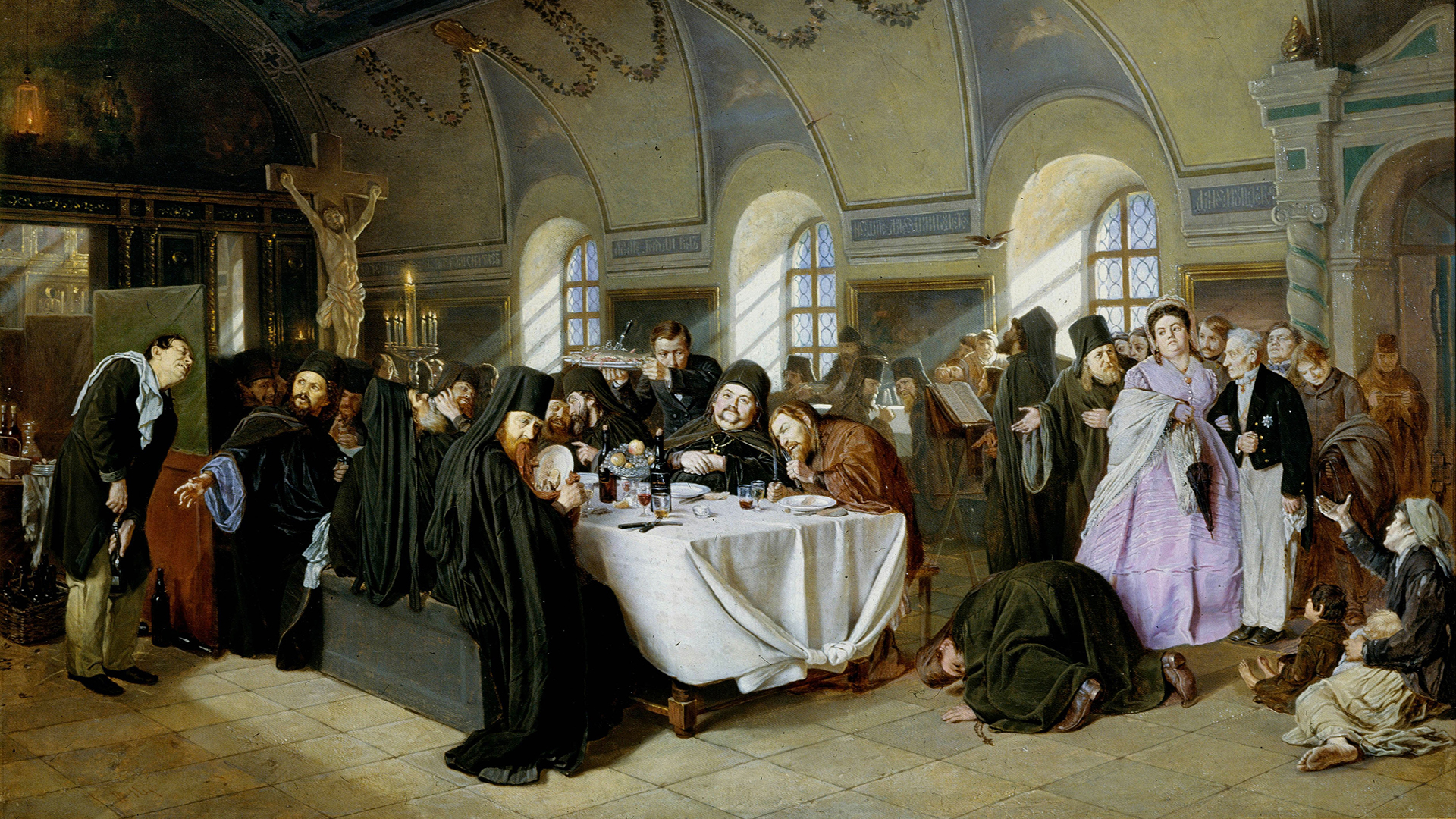
Critics of the time wrote of Vasily Perov as follows: "Everything about him was… stern, grave, serious and painfully biting." The works of this talented artist were valued for their truthfulness, but, in some circles, they were completely unpopular. Unsurprisingly, primarily among the clergy. The artist made no allowances for rank and depicted clergymen as impartially as others – policemen, peasants, landowners, etc.
Immoral realism
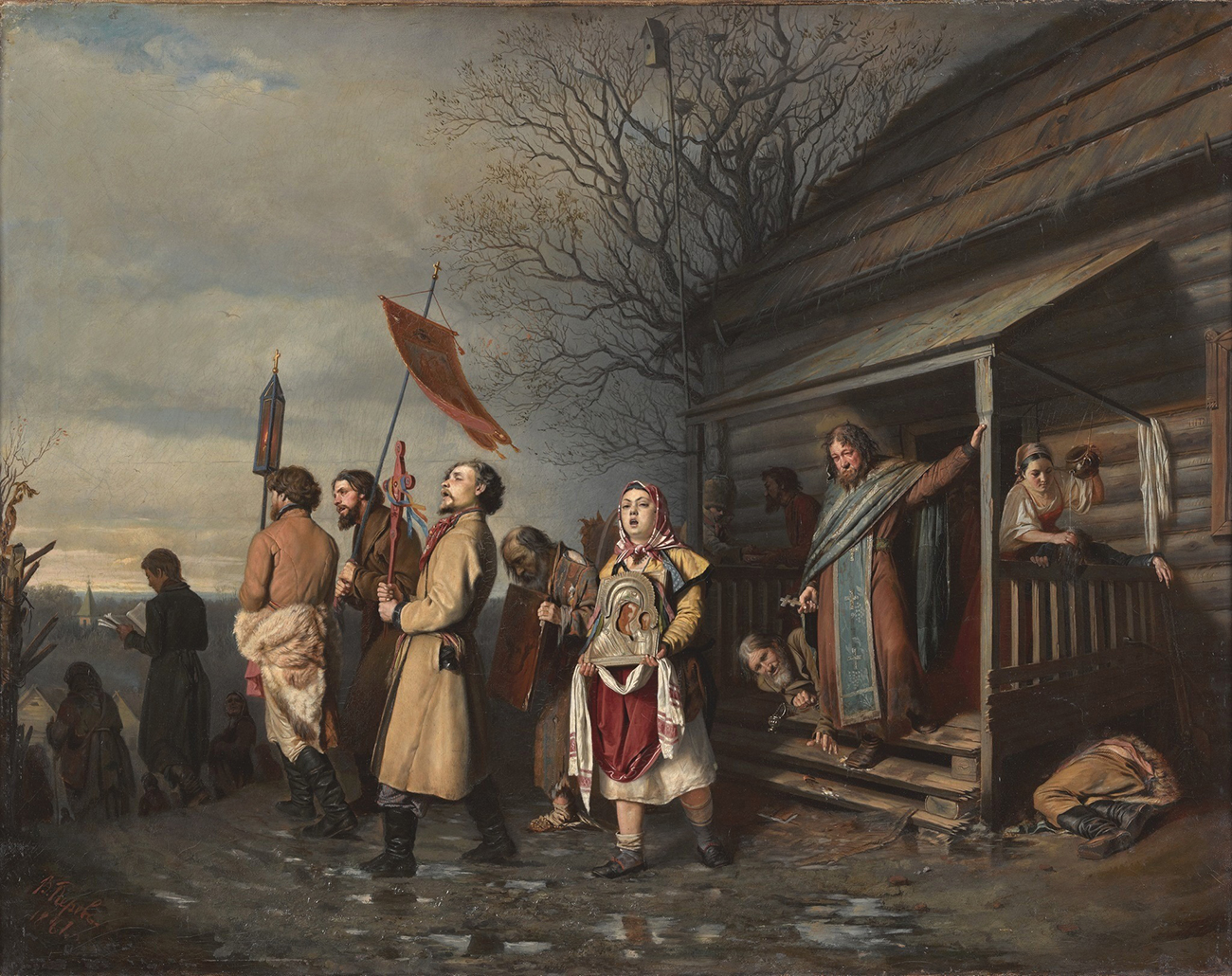
Religious figures were not thrilled about this. In 1861, the artist presented two paintings depicting priests to the St. Petersburg Academy of Arts. The first, titled ‘Sermon in the Village’, earned him a gold medal. The second, titled ‘Rural Religious Procession at Easter’, however, caused a scandal. The reason was the realistic manner in which Perov had depicted Easter celebrations in the village. The impassable mud beneath the feet of those walking, an upside-down icon in the hands of an old man, a drunken priest barely able to stand and a peasant fast asleep on a porch…
The painting was removed from the ‘Society for the Encouragement of the Arts’ exhibition and banned from being shown or reproduced in the future. And renowned Moscow philanthropist Pavel Tretyakov, who had purchased it and displayed it in his gallery without hesitation, was warned that the Holy Synod would soon inquire into the basis for his purchase of the immoral painting.
The boundaries of good & evil
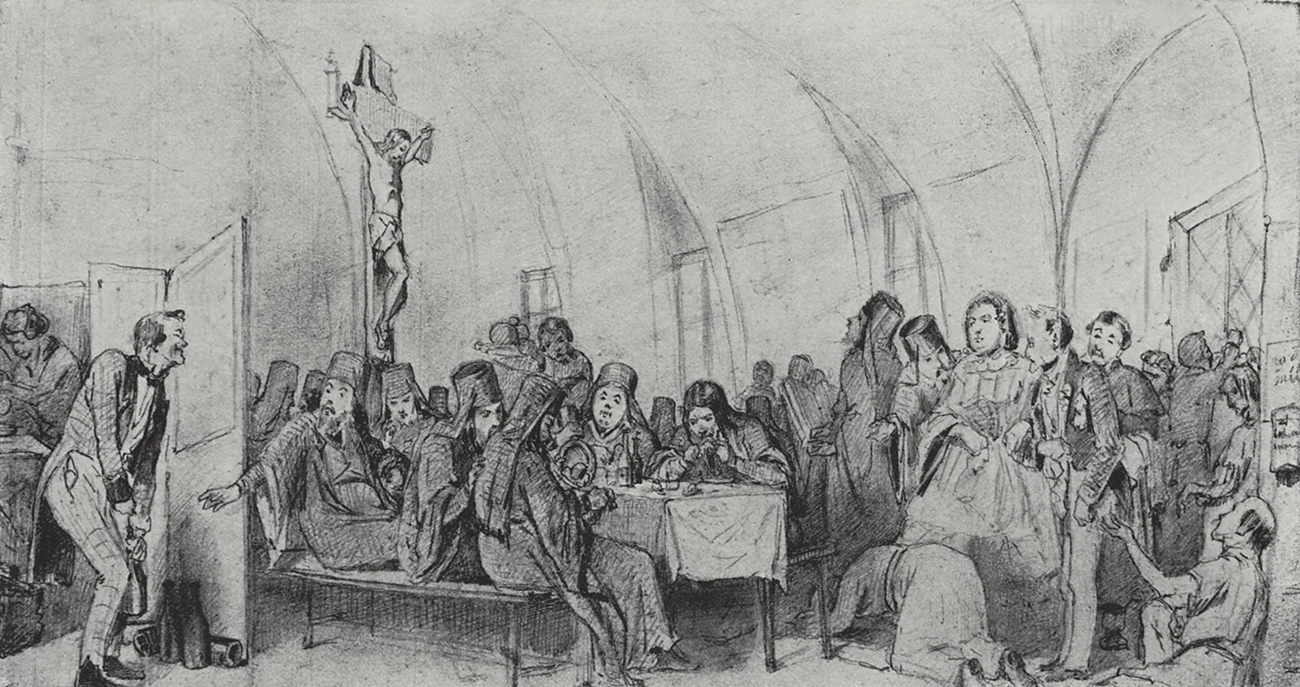
Perov did not abandon his chosen theme and continued to create works that expressed equal parts grief over the humiliating human condition and faith that things might one day change.
During a boarding trip through Europe, he decided to paint a scene from monastic life. But the work dragged on. In Spring 1866, the artist announced that he hoped to complete ‘The Meal’ that winter and planned to present it to the Council of the Academy of Arts.
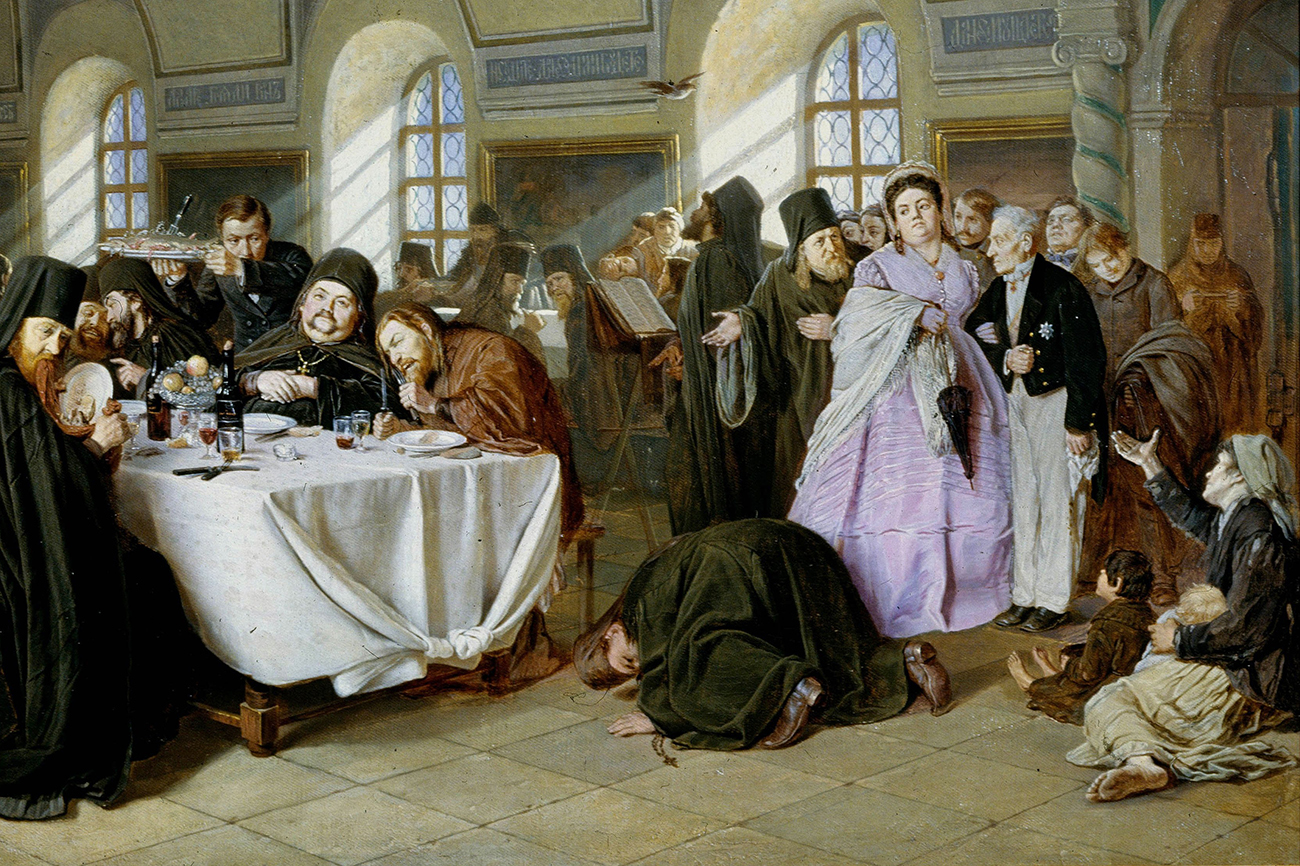
He depicted a monastic dinner: priests sitting at a sumptuously set table. Waiters scurrying around: one hurrying with a plate of baked fish, another hurrying to open another bottle – impatiently urged on by one of the diners.
The assembled guests indulge in gluttony without restraint: Some even decide to take food home, tipping oysters from their plates into a handkerchief. A portly merchant woman in a lilac dress, having already paid for the dinner, is led arm in arm to the table, like an honored guest.
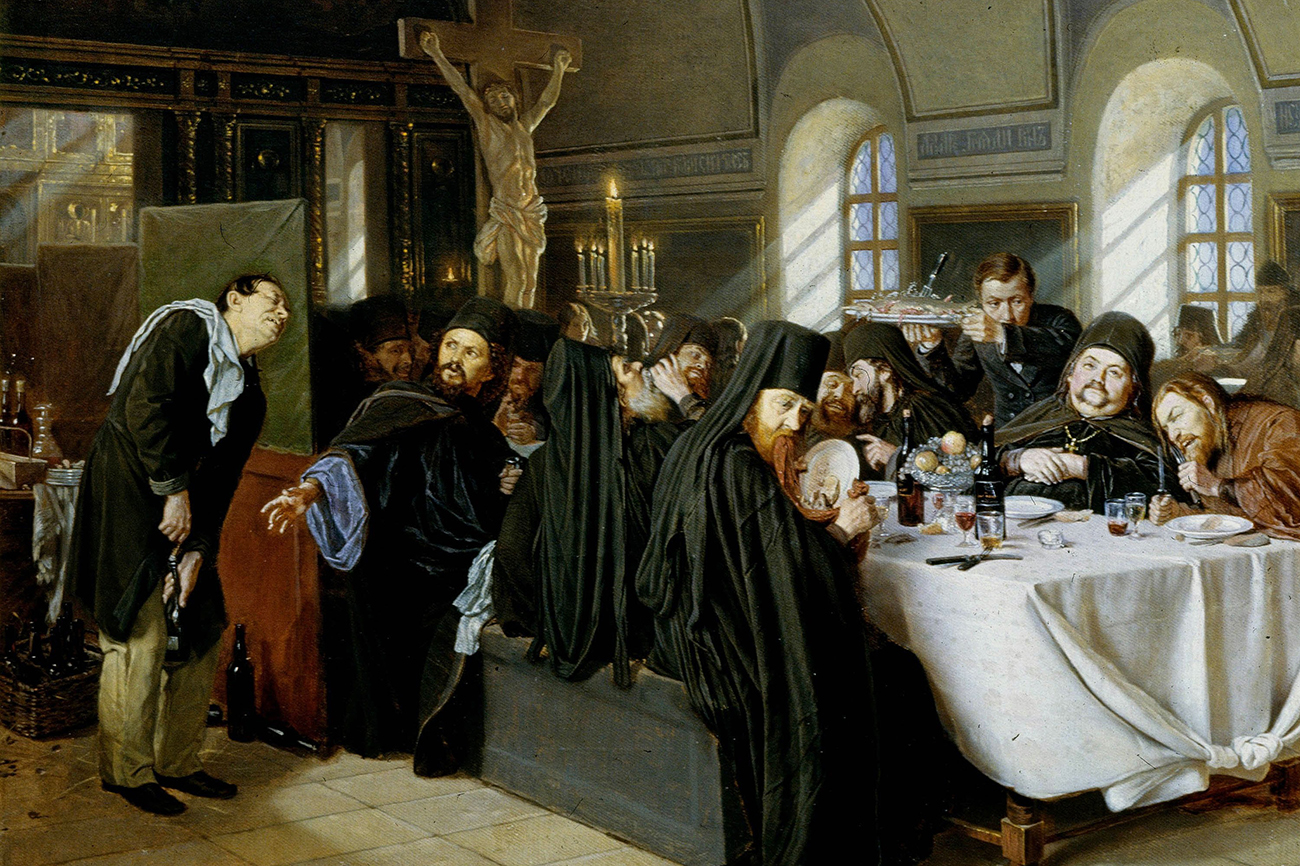
This scene becomes even more repulsive when you notice a beggar woman sitting on the floor with her children, extending her hand out to her benefactress. However, no one pays any attention to them nor to the priest, who has prostrated himself before the revelers – apparently hoping to be invited to join them.
The monks at the next table watch this feast both with amazement and disgust. Their meal is far more modest – no rivers of wine or exotic delicacies. And, nearby, oblivious to everything around him, one of the brothers continues to pray.
There is hope
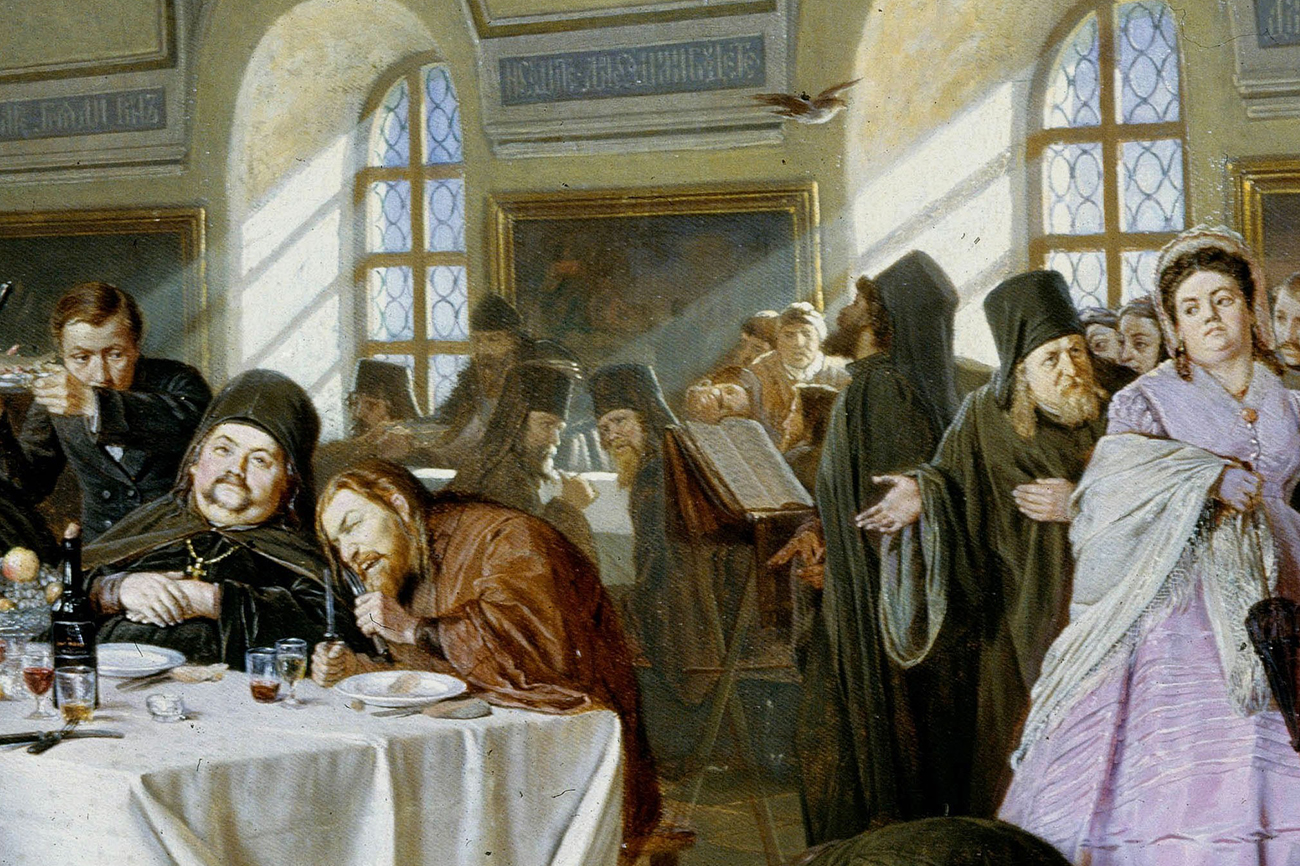
In his painting, Perov depicted a whole bouquet of deadly sins: not only gluttony, but also pride, greed and envy. It seems as if “the boundaries between good and evil have been erased and vanished”. But, the rays of sunlight streaming through the windows illuminate the "empty" table, the monks seated at it and the priest praying before the Bible, as if offering hope for a spiritual rebirth.
The bird flying overhead – a symbol of the Holy Spirit – also suggests this. If He has not yet left these walls, then one must believe that everything will change. The artist also uses Gospel quotations on the walls of the refectory as cues: "Lazarus, come forth," "Judge not, lest ye be judged," "Let not your heart be troubled; believe in God, believe also in Me." Thus, calling on viewers to maintain their faith.
Returning to the public
‘The Meal’, in which Perov "depicted a merchant's wife feasting with monks, as he had seen in person”, was not allowed to be exhibited, according to the contemporary ‘Bulletin of Fine Arts’ publication". Even photographs of the painting were prohibited. In 1875, the artist made some changes to it. But, it was only exhibited after his death and 16 years after he had completed it. In 1882–1883, a large exhibition of Perov's works was held in Moscow and St. Petersburg, where the public saw ‘The Meal’ for the first time.


